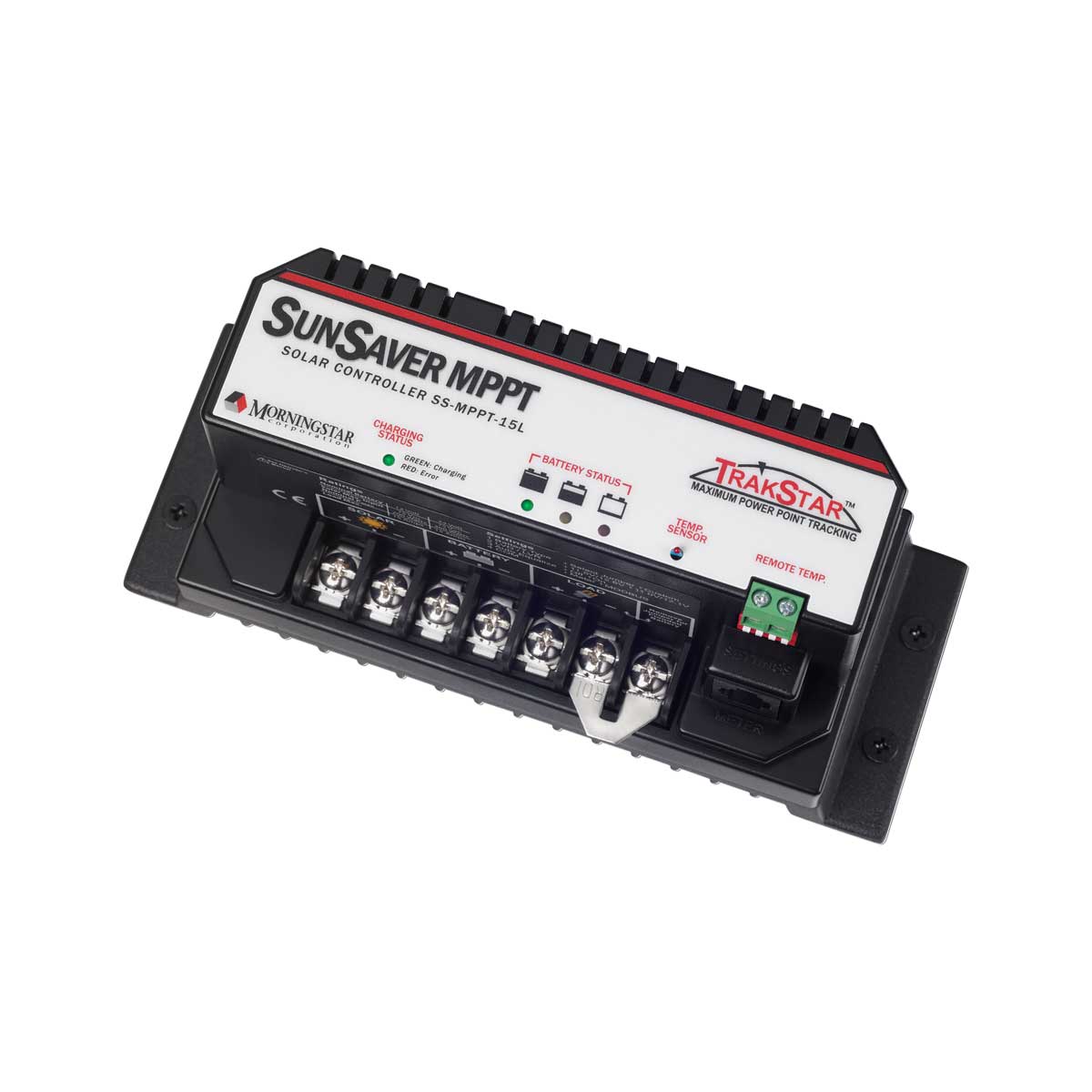I have read many of the articles on this forum about storage batteries and find there is so much to take into consideration my head starts spinning like the girl on the "The Exorcist" Movie.. lol
So let me try to find out the answer to my question by explaining my system. Then perhaps it will be simpler to get a answer.
My solar boat project:
(2) 12 volt panels with a total of 260 watts and rated at 7amps each. So 14 amps total @12 volts
(2) Walmart MAX 96 series 29 deep cycle batteries connected in parallel 114 amp hours @ 1AH. each. So a total 228 AH @1AH total. Correct ?
(1) Morningstar sunsaver 15amp MPPT controller. The controller doe s low voltage disconnect at 11 volts and I have that figured out that to be a 20% discharge with 80% of the charge remaining. So that is my targeted max discharge.
The load I will consume is with a small trolling motor at lets say 6 to 9 amps draw continues.
My question is Batteries ? I went with the walmart deep cycle because of cost but now I would like to know if different batteries would be better for my system ?
PS The amount of solar panels will remain the same. The charge controller will remain the same also. The only improvement easily made is with the battery types.
TomCat58
So let me try to find out the answer to my question by explaining my system. Then perhaps it will be simpler to get a answer.
My solar boat project:
(2) 12 volt panels with a total of 260 watts and rated at 7amps each. So 14 amps total @12 volts
(2) Walmart MAX 96 series 29 deep cycle batteries connected in parallel 114 amp hours @ 1AH. each. So a total 228 AH @1AH total. Correct ?
(1) Morningstar sunsaver 15amp MPPT controller. The controller doe s low voltage disconnect at 11 volts and I have that figured out that to be a 20% discharge with 80% of the charge remaining. So that is my targeted max discharge.
The load I will consume is with a small trolling motor at lets say 6 to 9 amps draw continues.
My question is Batteries ? I went with the walmart deep cycle because of cost but now I would like to know if different batteries would be better for my system ?
PS The amount of solar panels will remain the same. The charge controller will remain the same also. The only improvement easily made is with the battery types.
TomCat58



Comment